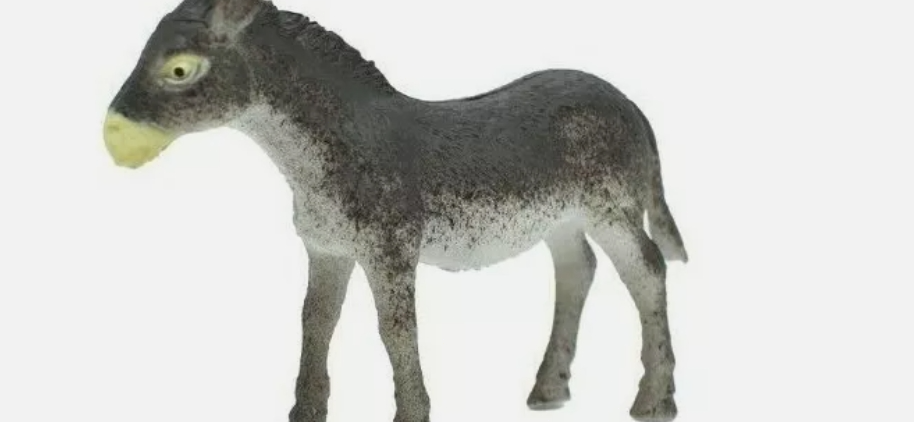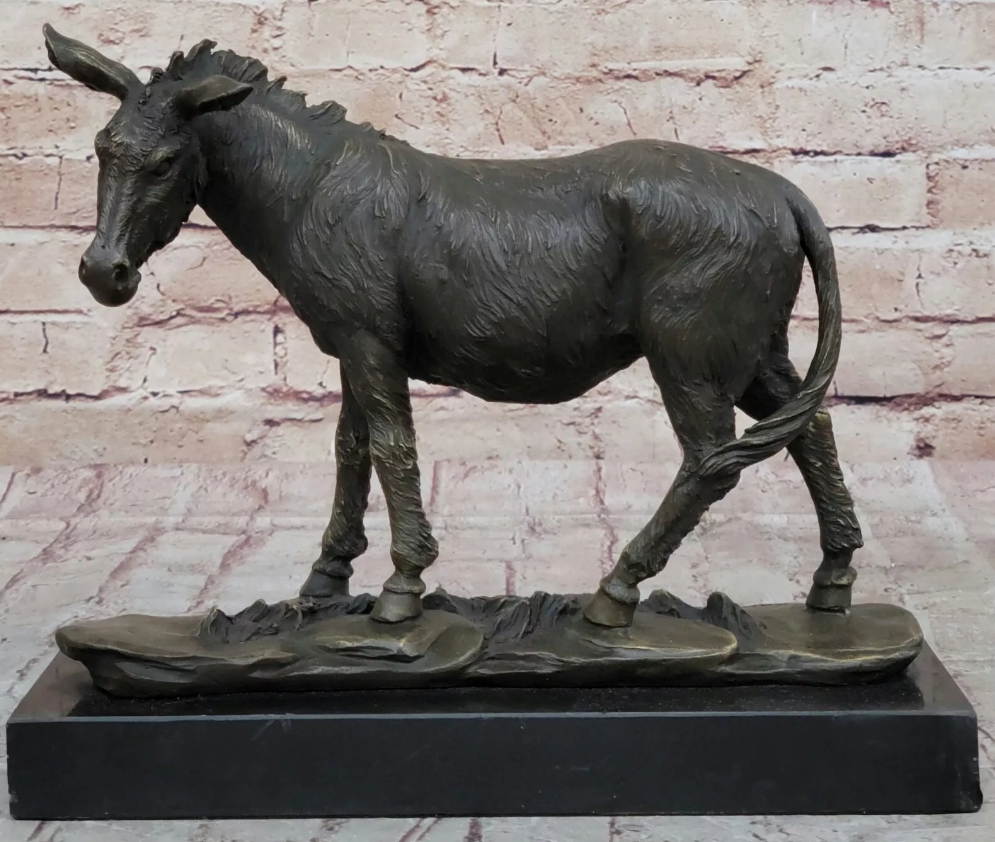The donkey model is a theoretical tool widely used in social science, economics, and management research. Its core purpose is to help researchers understand and analyze problems by simplifying complex real-world situations. The concept of the donkey model is derived from a hypothetical scenario that describes a donkey that, when faced with two identical haystacks, is unable to make a decision and eventually starves to death. This metaphor vividly illustrates the dilemmas that can arise in the decision-making process, especially when faced with multiple options.
In practical applications, the value of the donkey model is reflected in several aspects. First, it highlights the difficulty of choice. When individuals make decisions, they are often influenced by a variety of factors, which may include asymmetric information, expected risk, and time pressure. Therefore, the donkey model can be effectively used to illustrate that in some cases, too many choices can lead to decision paralysis, which in turn affects the outcome.
Second, the donkey model is widely used in the field of economics. In a market environment, consumers may be confused by too much information and choice when faced with numerous products and services,and ultimately unable to make the best choice. This phenomenon is called "choice dilemma",which is manifested by the decline of consumer satisfaction and decision-making efficiency. The donkey model can help economists understand this phenomenon and explore how to improve consumer satisfaction by optimizing product presentation and simplifying choice.
In addition,the donkey model also has its unique application potential in management. Business managers also face the challenge of multiple choices when formulating strategies and allocating resources. The donkey model can remind managers to focus on the simplicity and effectiveness of decisions in the strategic planning process.




